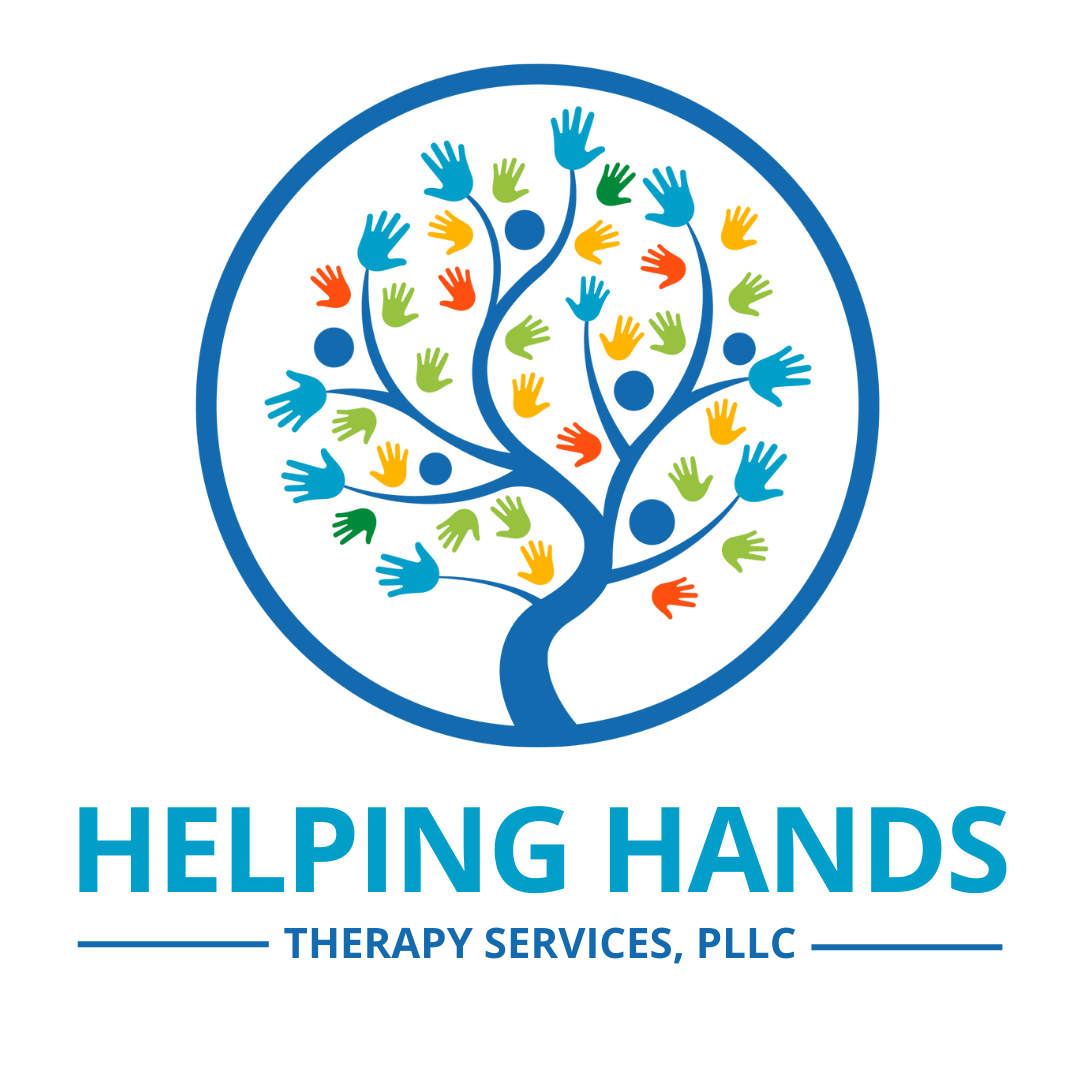Handwriting: Part 2
In part two of this Handwriting blog, we’ll cover:
What is a Developmental Handwriting Approach?
What is a Remedial Handwriting Approach?
What can parents do at home?
Parent’s FAQs: Part 3…Coming Soon!
If you missed Part 1 of this blog, you can find it HERE.
What is a “ Developmental Handwriting Approach ”?
A developmental handwriting approach focuses on teaching handwriting in the same sequence that visual and hand skills develop.
The best handwriting approaches are able to meet a child where they are in terms of skills and offer a variety of multi-sensory activities to teach handwriting. These activities can include singing, dancing, and playing along with traditional tracing, and learning correct letter formation, tracing, copying, and independent formation (writing).
What is the developmental progression of handwriting strokes? Great question!
Vertical line
Horizontal line
Circle
Diagonal
A Cross ( + )
Diagonals ( both directions: \ and / )
Square
An “ X “
…and more complex shapes.
One method OTs can use to teach handwriting is a program called: Handwriting Without Tears (HWT). This program takes a developmental approach to handwriting that is both fun and functional. Other handwriting curricula include Zaner-Bloser and D’Nealian.
While other forms of teaching handwriting often focus on learning and writing letters in alphabetical order, Handwriting Without Tears focuses first on capital letters with vertical and horizontal strokes because these strokes are easiest to complete developmentally: L F E H T U I.
What is a Remedial Handwriting Approach?
A remedial approach to handwriting would involve correcting errors in forming letters, including placement on the line, direction, formation, spacing, and sizing. Remediation can also address improving other qualities of handwriting, such as increasing endurance to complete the task. As OTs, we also want to make writing something to be met with enjoyment, increased ease, and improved function of the child.
Teaching Grip at a Young Age with a Crayon
Tripod also known as the “standard grip” uses three fingers to hold the crayon or pencil.
Quadropod also known as the “alternate grip” uses four fingers and is another way to hold a crayon or pencil.
How to Address Grasp
Good habits can start at a Pre-K level in order to teach grasp. Handwriting Without Tears uses a “Crayon Song” as a fun way to teach good habits with a tripod grasp. Check out the "Crayon Song" video here on our Instagram.
Occupational Therapists are often responsible for addressing a handwriting grasp if it is incorrect or inefficient. Often, an important question to consider would be whether the grasp requires remediation, or not. This can be a point of debate among many professionals and caregivers in the child’s life. Things to consider when debating whether to change a child’s pencil grasp:
How old is the child?
Is the grasp functional?
Is the child in pain?
Is the grasp affecting the child’s ability to write?
What can parents do at home?
Develop good “first habits” with writing.
Pre-K is the year to learn good writing habits, including how to hold a crayon and how to write letters with correct sequencing. This starts with teaching capital letters first. Using consistent language with the teachers and therapists involved in the child’s learning so that all adults are using the same language when it comes to handwriting can help very much!
This FREE DOWNLOAD of the Letter and Number Formation Chart from Handwriting Without Tears can be very helpful for parents to use at home. Note: The “Lowercase Letter Formation” chart has both capital, lowercase, and number formation and verbiage for a comprehensive easy access resource for parents.
Finger play and games that help identify and move the fingers in isolation and together are helpful for refining movements required for handwriting. Small crayons or writing tools help refine grasp to prepare for handwriting activities.
Avoid using any pencil grip or writing device for Pre-K children, as those are tools for older children.
Handwriting is just ONE of the many things we can address at Helping Hands Therapy, in both individual and group settings! Did you find this helpful? Please let us know.
If you're interested in receiving therapy or learning more, check out our Program Schedule HERE to see our current Handwriting Programs and give us a call: 757.698.4681
Shelby O'Connor is a Pediatric Occupational Therapist with over 10 years of experience working with children. She has also worked in outpatient clinics, acute care hospitals, and skilled nursing settings.





